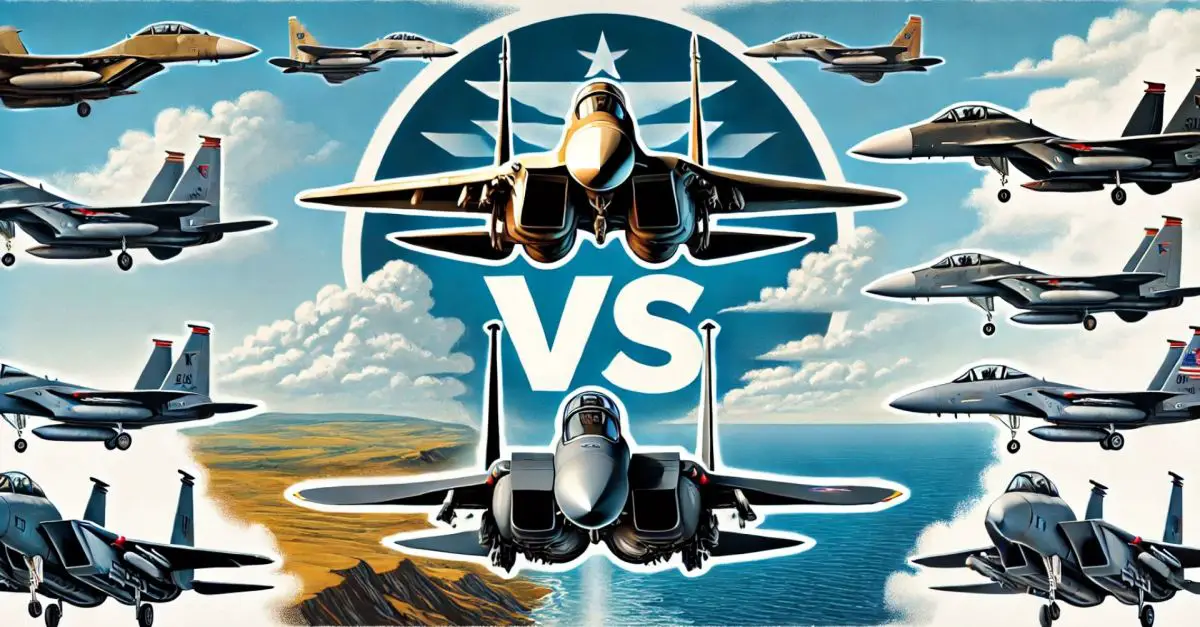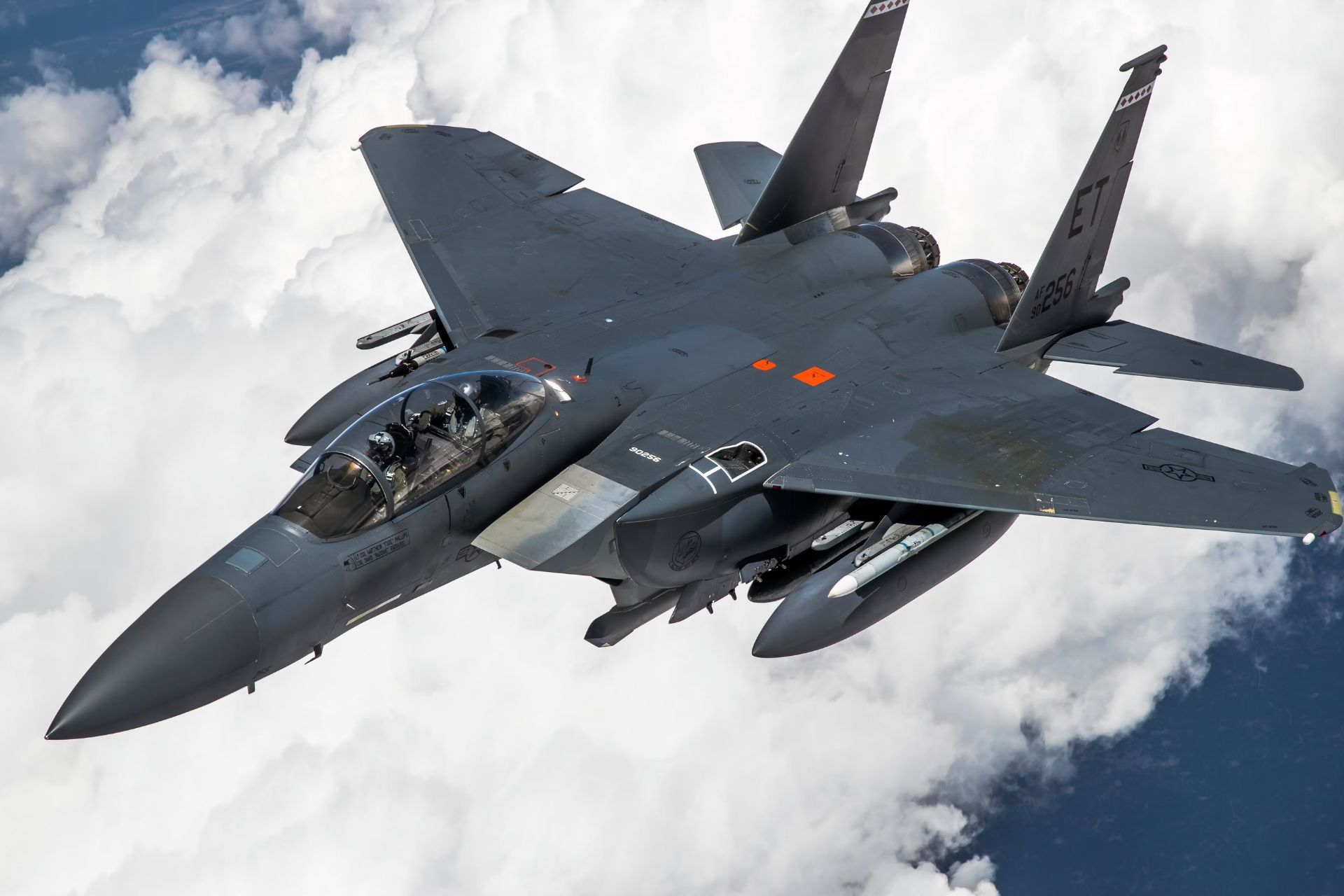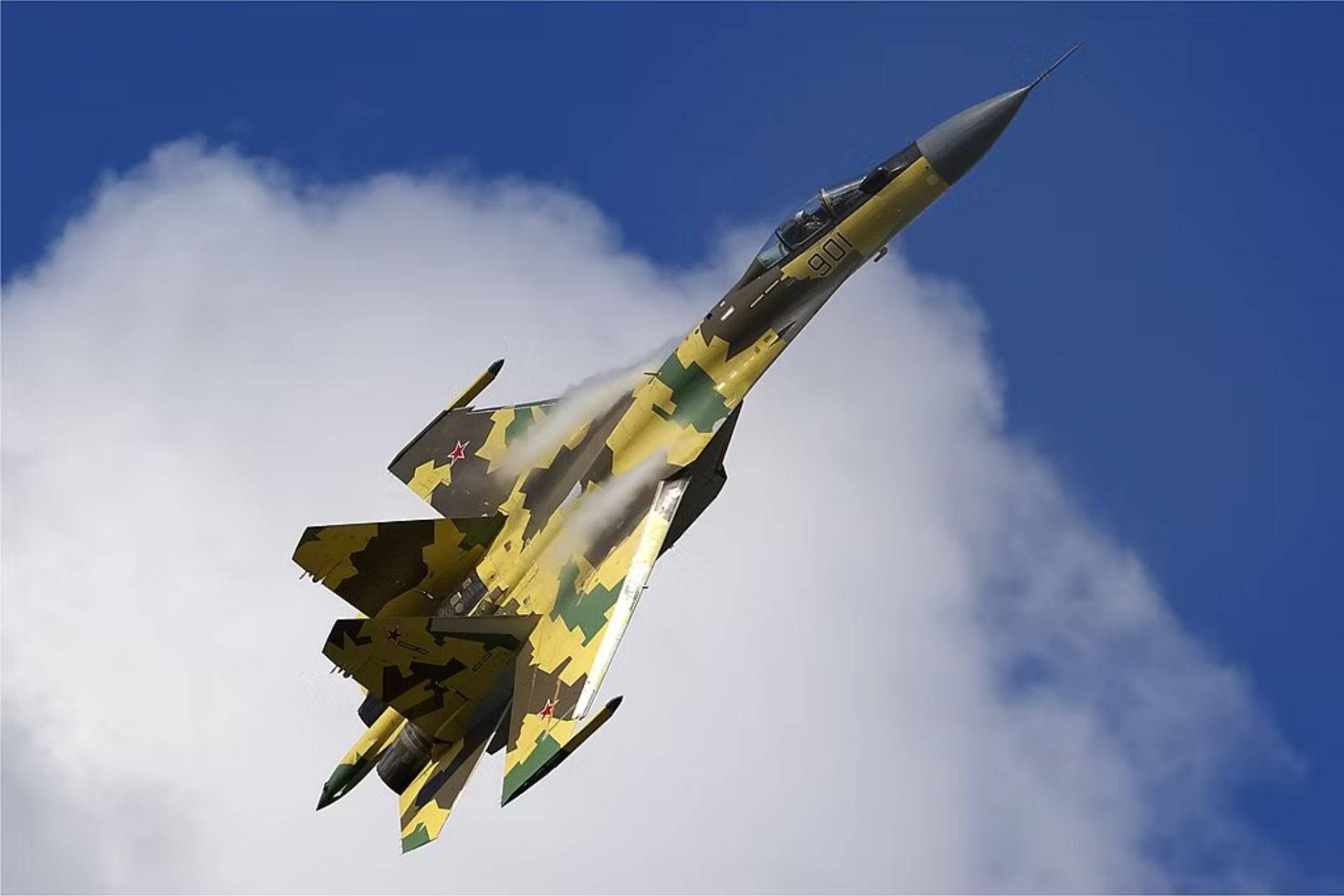Breaking News
F-15 EX vs SU-35: Comparaison on two modernized heavy armed multi-rôles Jets.
The Russian Sukhoi Su-35 and the American F-15 are two of the most powerful combat aircraft in military aviation. Both aircraft are capable of effectively engaging ground and airborne targets and have undergone significant upgrades over the years. They are equipped with modern avionics, radar technology, communication systems, and munitions.
Follow Army Recognition on Google News at this link

F-15 EX Vs SU-35 , duel in the sky (Picture source: Generated by IA/Army Recognition)
Both aircraft are considered the best fighter jets in their respective countries. While the Russian air force regards the Sukhoi Su-35 as a 4++ generation fighter, the American F-15EX Eagle II is highly modernized to carry out air superiority missions and deliver devastating ground strikes.
So, which of the two aircraft would win in an aerial combat? Well, there is no simple answer to this question. However, given that both aircraft have comparable capabilities, it will depend on the effective use of technology in such situations. The choices made by pilots based on their experience, how they use their respective aircraft to their advantage, and their overall situational awareness will be decisive factors in determining which of the two fighter jets will win the aerial battle.
In aerial combat
Aerial combat is a short-range air battle between fighter aircraft. The aircraft engaged in an aerial combat perform basic maneuvers to attack or evade their adversaries. Aerial combat differs from aerial warfare, which includes strategic planning to carry out specific missions.
With both aircraft frequently conducting missions in Syria, speculations arise about what would happen if the two planes engaged in an aerial combat. The Su-35 is equipped with a passive electronically scanned array radar, the Irbis-E, allowing for a ground target range of up to 250 miles (400 km). The F-15EX is equipped with an AESA (Active Electronically Scanned Array) radar, making the F-15 more resistant to jamming and superior to the Su-35.

F15 EX during pre flight tests ( Picture source US air Force)
Su-35 Characteristics |
|
F-15EX Characteristics |
|
High Payload Platforms
The Sukhoi Su-35 and the Boeing F-15 have a high payload capacity and are equipped with modern combat equipment. From cannons to missiles, bombs, and rockets, both aircraft are technologically advanced weapons platforms.
The Su-35 is equipped with a long-range radar-guided K-77M missile with a range of 200 km. The Sukhoi Su-35 can also launch the R-37M missile, specially designed to operate at a range of up to 400 km and target large, less maneuverable aircraft.
The latest F-15 uses the AIM-120D radar-guided air-to-air missile with a range of 100 miles (160 km). The missiles used on both aircraft are of the same class. The Boeing F-15EX has a much higher weapon loading capacity, carrying up to 12 high-performance air-to-air missiles. The possibility of having a quadrail rack on the F-15 could allow it to carry 16 missiles.
In terms of armament
The F-15EX is a versatile fighter, armed with a 20mm M61A1 Vulcan Gatling gun with 500 rounds of M-56 or PGU-28 ammunition. It has 23 hardpoints spread across four wing pylons, fuselage pylons, and bomb racks on CFT, allowing it to carry up to 29,500 lb (13,400 kg) of external fuel and munitions. The F-15EX can carry air-to-air missiles such as the AIM-9 Sidewinder, AIM-120 AMRAAM, and the future AIM-260 JATM, as well as air-to-ground missiles like the AGM-158 JASSM, AGM-88 HARM, and AGM-183 ARRW. For bombing, it can be equipped with GPS-guided bombs like the GBU-31 and GBU-38 JDAM, and GBU-39 small diameter bombs.
The Su-35 is a versatile fighter equipped with an internal 30mm Gryazev-Shipunov GSh-30-1 autocannon with 150 rounds, offering impressive firepower. It has 12 hardpoints, including 2 wingtip rails and 10 wing and fuselage stations, with a total capacity of 8,000 kg (17,630 lb) of munitions. The Su-35 can carry a variety of S-25 air-to-ground rockets, air-to-air missiles, air-to-ground missiles, anti-ship missiles, and anti-radiation missiles. For bombing, it is equipped with TV-guided, laser-guided, and satellite-guided bombs.

Su-35 during early times of Cobra manoeuver ( Picture source : Oleg Belyakov Wikimedia Commons)
Which jet is better?
The Boeing F-15EX Eagle II, with its enhanced avionics, systems, and capabilities, is superior to the Su-35. Thanks to its active scanning technology, the new APG-82 AESA radar makes the aircraft more effective than the Su-35. Regarding missiles and air-to-ground payload, the F-15 can carry nearly twice as much as the Su-35.
The absence of an AESA radar on the Su-35 makes it an inferior aircraft, especially in terms of air-to-ground performance. The disparity in radar bandwidth and resistance to jamming can lead to precision issues in a critical combat situation. Due to its vulnerability to modern deception jamming techniques, the Su-35 can track fewer targets than the F-15EX.
However, regardless of the technologies, it all depends on how these systems are used in an aerial combat situation.


























